Top Things to Know Before Buying a Houseplant Watering Can
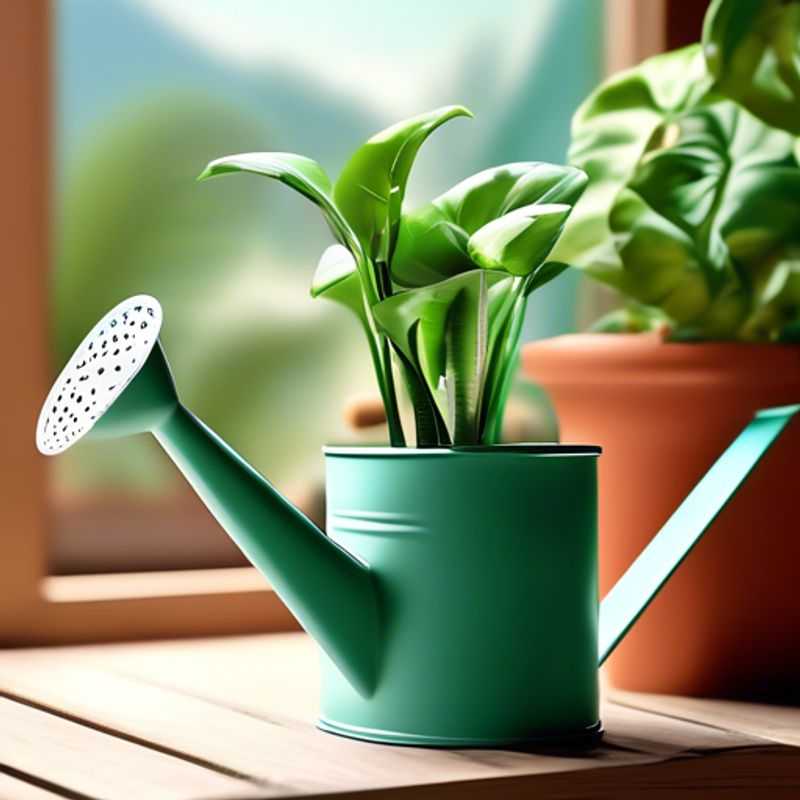
The Top 7 Things You Need to Know Before Buying Your Next Houseplant Watering Can
Ah, the watering can! A simple tool, yet so crucial to the flourishing of our beloved houseplants. But with so many designs on the market, how do you choose the perfect one? Fear not, my fellow green thumbs, for I'm here to shed some light on the top things to consider before embarking on your watering can quest.
Firstly, consider the size and capacity of the watering can.
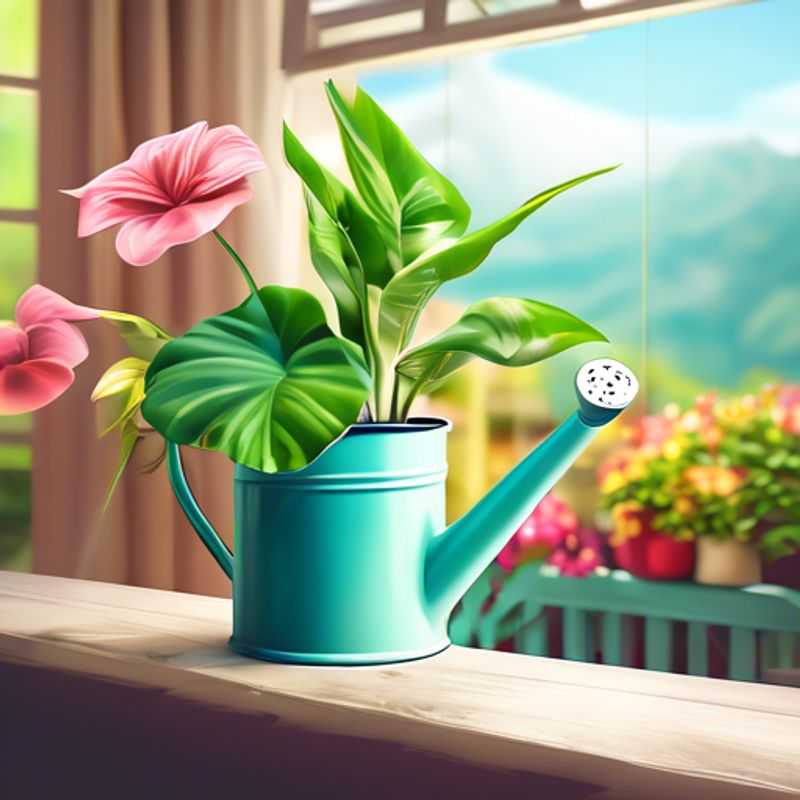
Watering Can Wisdom: Choosing the Right Size for Your Plants
Choosing the right watering can is crucial for healthy plant growth. Consider the size and capacity of the watering can to match your plants' needs. A small watering can is perfect for delicate plants, while a larger one is better for thirsty trees and shrubs. Watering cans come in various materials like plastic, metal, and ceramic, each with its own advantages and disadvantages. Plastic cans are lightweight and affordable, while metal cans are durable and rust-resistant. Ceramic cans are attractive but can be fragile.
The spout of the watering can is also important. A long spout is useful for reaching plants in tight spaces, while a wide spout is good for spreading water evenly. Additionally, some watering cans have a built-in watering wand for more precise watering.
Ultimately, the best watering can for you will depend on your specific needs and preferences. When choosing a watering can, consider the size of your plants, the frequency of watering, and the type of watering you prefer.
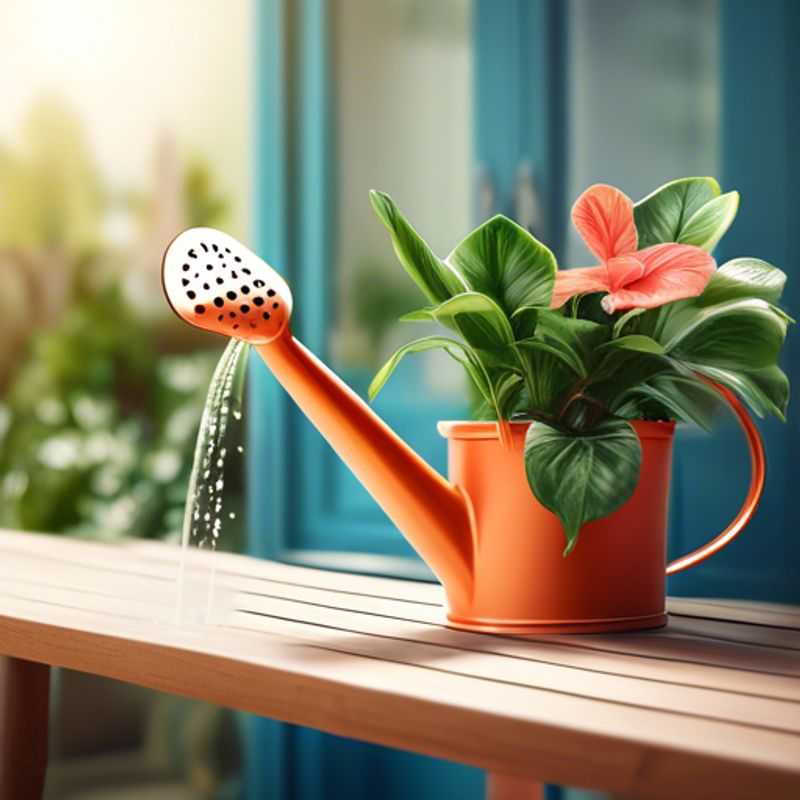
Long Spout Cans: Reaching Those Hard-to-Access Plants
Watering plants in hard-to-reach areas can be a challenge, but a simple solution is to use cans with a long spout. This allows you to reach those tricky spots without having to move heavy pots or risk damaging your plants. When choosing a can, look for one with a spout that's long enough to reach the base of your plants and is also durable and easy to handle. You can find these cans at most garden centers or online.
For example, you can use these cans for watering hanging baskets, plants on high shelves, or even plants growing in narrow spaces. Remember to always water your plants slowly and thoroughly, allowing the water to soak into the soil completely.
This method can also be used for fertilizing plants, allowing you to apply liquid fertilizers directly to the roots. However, be sure to dilute the fertilizer according to the manufacturer's instructions, as too much fertilizer can damage your plants.
Overall, using a can with a long spout is a great way to make watering and fertilizing your plants easier and more efficient. Try it out for yourself and see the difference it makes!
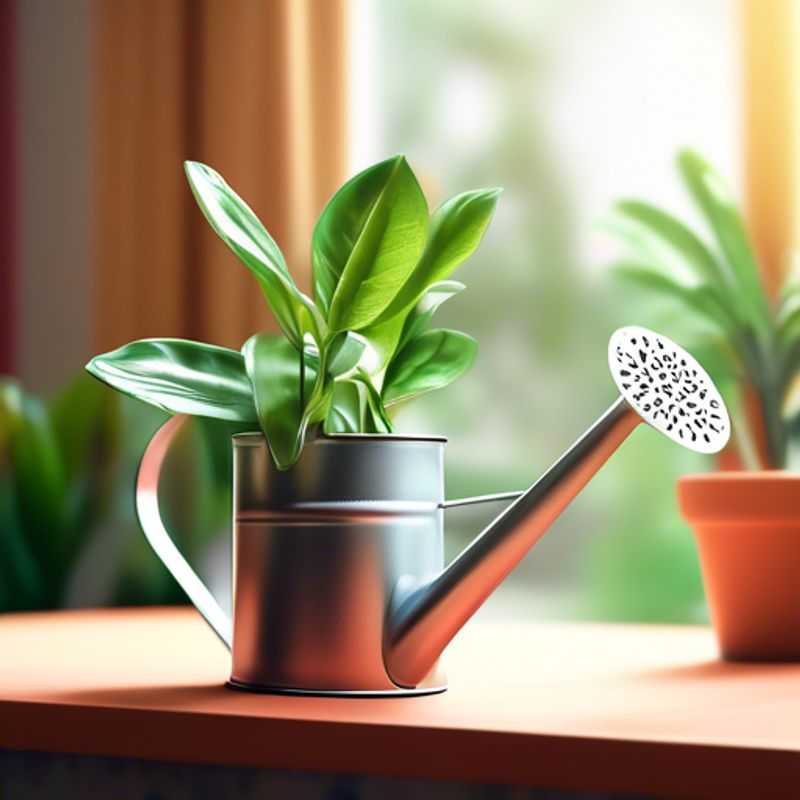
Choosing the Right Can: Comfort and Ease of Handling
Choosing the right can can significantly impact your experience, especially if you're dealing with frequent or prolonged use. Look for a can with a comfortable grip. This might involve a textured surface, contoured design, or a specific grip zone. A lightweight design is also crucial for ease of handling, reducing fatigue and strain, particularly when lifting or carrying multiple cans. Remember, the ideal can should be a balance between grip, weight, and functionality. When selecting, consider the specific task at hand and prioritize the features that best suit your needs.
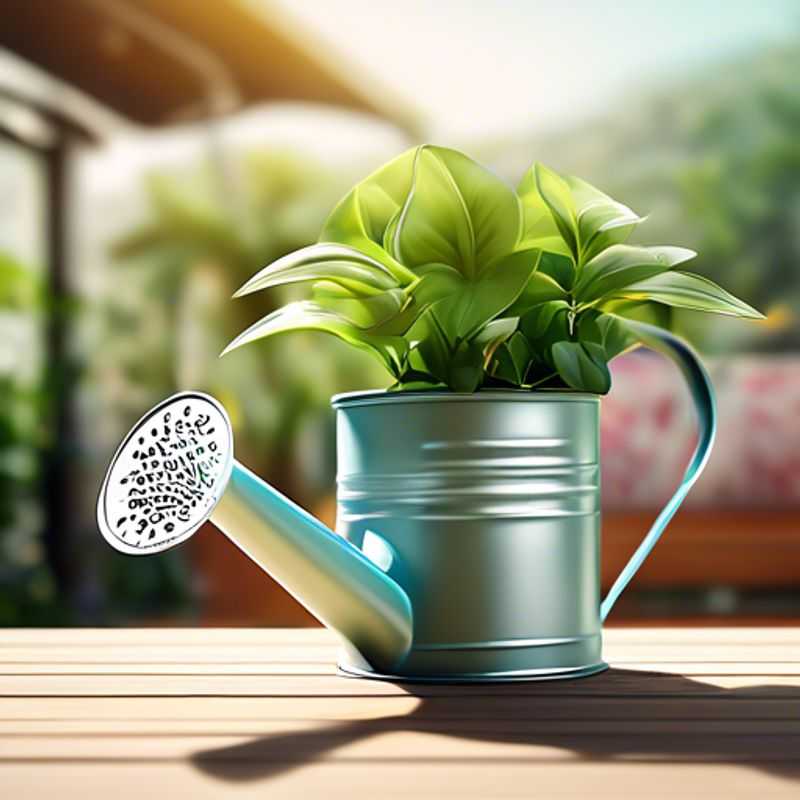
Gentle Shower: Choosing the Right Watering Can for Delicate Plants
When it comes to watering delicate plants, a gentle touch is essential. That's where a watering can with a fine mist or shower setting comes in. These settings provide a soft, diffused spray that helps to avoid damaging fragile leaves and stems. Consider a watering can with a detachable showerhead for more flexibility in watering various plants.
A fine mist setting is ideal for seedlings, young plants, and delicate foliage. The tiny droplets mimic natural rainfall, ensuring that the soil is moistened evenly without disturbing the roots. A shower setting, on the other hand, is better suited for slightly larger plants, providing a more concentrated stream of water that can reach the base of the plant more effectively.
Remember, it's always best to check the soil moisture before watering. This helps to prevent overwatering, which can lead to root rot and other problems. When using a watering can with a fine mist or shower setting, apply water gradually, allowing the soil to absorb it fully. You can adjust the water pressure and nozzle size to suit your plant's needs.
Investing in a quality watering can with these features can be a worthwhile investment for any plant enthusiast. It helps to ensure that your delicate plants receive the care they need to thrive. Don't forget to clean your watering can regularly to prevent the buildup of algae and bacteria.
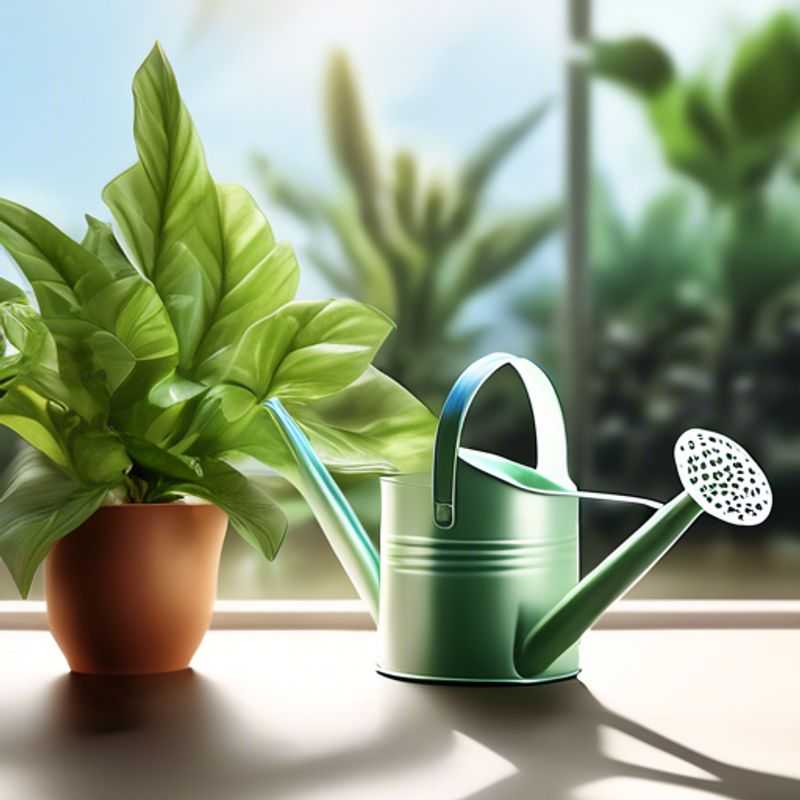
Building for Longevity: Ensuring Durable Materials for Your Can
Ensuring the can is made of durable materials that won't rust or leak over time is crucial for product longevity and consumer satisfaction. The choice of materials directly impacts the can's performance and lifespan. Here's a concise overview:
Steel is a common material for cans, often coated with tin to prevent rusting. However, even tin-plated steel can corrode over time, especially in harsh environments. Aluminum, another popular option, is naturally resistant to corrosion and lightweight, making it suitable for various applications. It's also recyclable, which aligns with environmental sustainability.
The can's sealing mechanism is equally vital. Seams must be strong and leak-proof, while lids should be securely attached. Manufacturers employ different techniques to ensure airtight seals, such as double-seam construction or crimping. It's worth noting that can coatings can enhance durability, providing resistance to scratches, dents, and environmental factors.
Testing plays a crucial role in assessing the can's durability. Manufacturers subject their products to rigorous tests, including impact resistance, drop tests, and leak simulations, to ensure they withstand real-world conditions. These tests help determine the can's structural integrity and guarantee its reliability.
In conclusion, the choice of materials, sealing mechanisms, and thorough testing are paramount for creating durable cans that resist rust and leaks. Consumers can confidently rely on products manufactured with a focus on quality, durability, and safety.
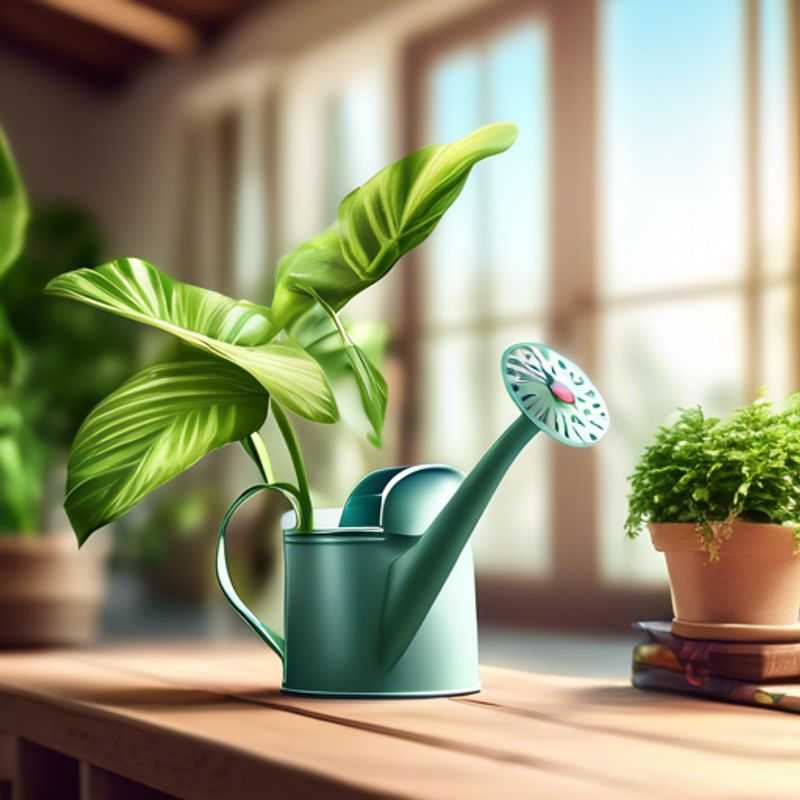
Precision Pouring: Using Cans with Measurement Markings for Controlled Water Volume
When selecting a can with measurement markings, it’s crucial to consider how these markings can significantly aid in controlling water volume for various applications, from cooking to gardening. Measurement markings allow users to easily measure specific amounts of liquid, ensuring accuracy and consistency in their tasks. Look for cans marked with clear, easy-to-read increments, such as milliliters or ounces, to enhance usability.
Additionally, be mindful of the material of the can; options like stainless steel or BPA-free plastic are recommended for durability and safety. Cans with a spout or a handle can also provide better control while pouring, reducing spills.
In terms of estimating costs for acquiring such a can, consider the following paid activities: the initial purchase price, which can range from $5 to $30 depending on the brand and features; potential shipping fees if ordered online; and any additional costs if you choose to buy multiple cans for different purposes.
Ultimately, investing in a can with measurement markings not only promotes efficiency but also contributes to better results in your projects, making it a worthy addition to your toolkit.
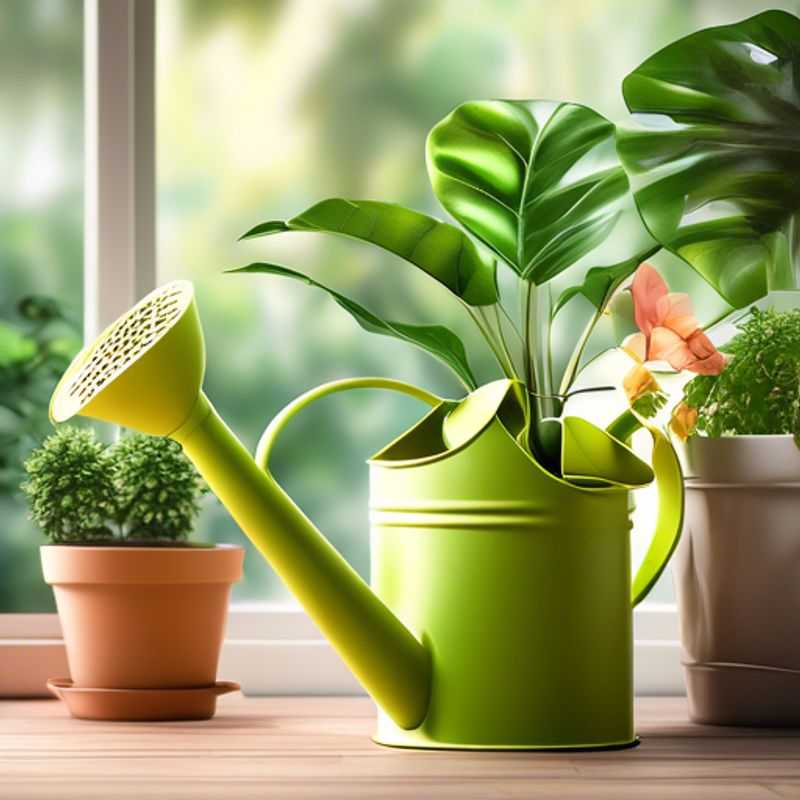
Watering Can Wisdom: Why Removable Roses and Sprinklers Rule
When choosing a watering can, opting for one with a removable rose or sprinkler head offers great versatility. This feature allows you to adapt the watering method to different plants and situations.
A removable rose, also known as a shower head, is typically used for delicate plants, seedlings, and indoor plants. The fine mist produced by the rose prevents soil erosion and minimizes damage to delicate foliage.
A removable sprinkler head, on the other hand, is ideal for larger plants, outdoor gardens, and lawns. It provides a wider spray pattern, allowing for efficient watering of a larger area.
The ability to easily switch between the rose and sprinkler head gives you the flexibility to cater to your specific watering needs, making it a highly practical feature for any gardener.
